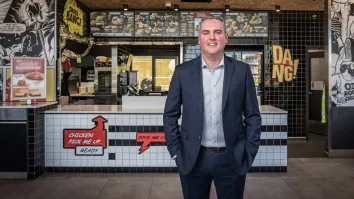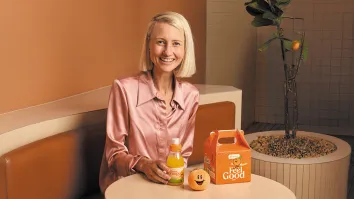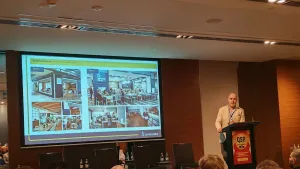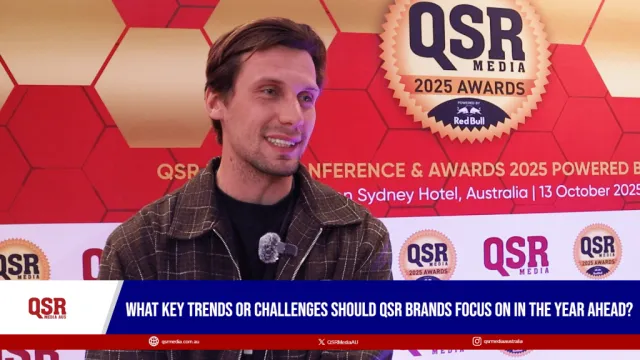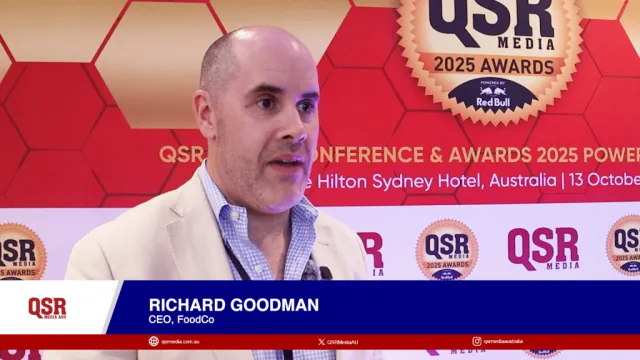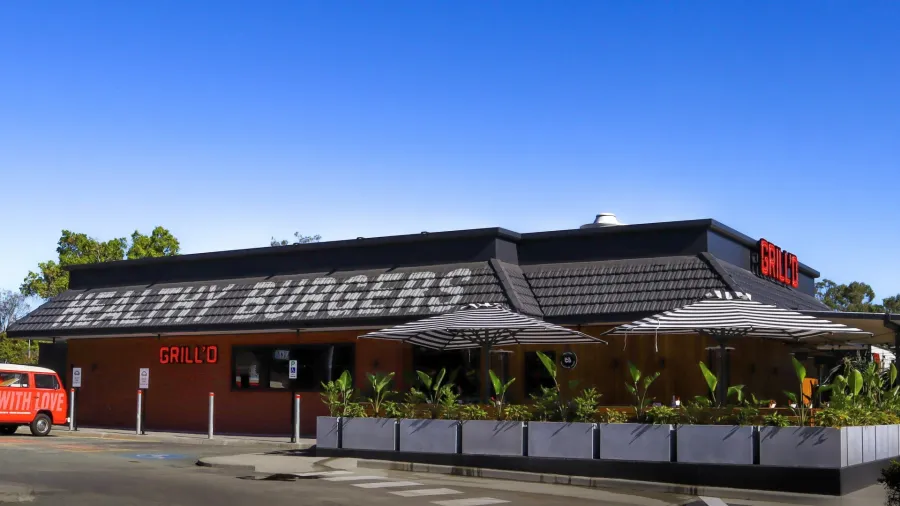
Is it time for a tech renaissance in drive-thrus?
70% of fast food sales in the US comes through drive-thrus
Drive-thru technology innovation still continues to hit a wall. The most recent case is how McDonald's has decided to scrap its AI drive-thru ordering system amidst videos going viral from orders often misinterpreted, unnecessary additions to outright not recognising orders.
Other news outlets also reported AI-drive-thru ordering systems could not recognise accents and dialects, affecting order accuracy. However, McDonald’s said it still ‘sees tremendous opportunity’ for its restaurant technology and “will continue to evaluate long-term, scalable solutions that will help us make an informed decision on a future voice ordering solution by the end of the year.”
With the future of new AI drive-thru technologies unclear, where should QSRs look next?
According to the Real-Time AI Interaction at the Point of Transaction report by the CMO Council and AI drive-thru technology provider uKnomi drive-thrus could potentially be improved by leveraging AI to create “in-the-moment” marketing service models.
Johann van der Westhuizen, Co-Founder and CEO of uKnomi, said the idea for this model came to him from his experience in using drive-thrus.
“The US has a big population, lots of people all over the world, and lots of accents. During the pandemic, we all went to the drive-thru more frequently. The experience with someone with my accent in the drive-thru is similar to what McDonald’s is now experiencing with their AI chatbots.
Johann said that even if he was speaking to a person at the other end, he usually got his order wrong. He explained that drive-thrus should be more like automatic highway tolls. You drive down the highway and billing is done automatically.
“The sense was, if you know I come here [at the drive-thru] every time, why can’t you just way when I drive up, hey Johann, do you want your usual? And if I say yes, I just drive and pick up and I go, and I don’t even have to pay [because billing is automatic],” Johann explained.
This was called marketing in the moment.
Marketing in the moment
Johann said there are very few concepts whether in restaurants or in retail that provide personalised experience and advertising at the moment of transaction.
This is a loss as 70% of consumers say they’re more likely to purchase from a brand that personalises experiences according to Deloitte,
Johann explains marketing in the moment presents an opportunity for QSRs to combine individualised customer identity recognition technology with AI automation and enriched customer data insight to deliver business-building menu marketing and customer value in the moment of service.
The importance of drive-thrus
According to uKnomi and the CMO Panel’s report, drive-thrus in the US account for 70% of fast food sales but have been largely unchanged, resulting in inconsistent and long wait times, impersonal service, inaccurate orders, and, ultimately, irate customers who are now at risk of brand abandonment.
QSRs in the region have been continually experimenting with drive-thru technologies from Taco Bell’s ‘Defy’ drive-thru model that has four lanes to Wendy’s partnership with Google Cloud to create its generative AI-powered drive-thru tech called FreshAI
Johann believes that the findings of their research could relate to Australia as they have similar markets. In fact, drive-thrus have become a major focus from some of Australia’s top chains.
For example, Grill’d started opening drive-thru restaurants last year, which Simon Crowe, the founder of the burger chain, said is a way to meet consumers in a format they desire.
Samantha Bragg, CEO of grilled chicken chain Oporto said they have been opening more drive-thru formats recently to answer the increased demand for convenience that drive-thru offers.
Meanwhile, Guzman y Gomez, which recently launched an IPO, reported in its 2024 half-year financial report, said it will focus on opening more drive-thrus in Australia as the group reported a 10.6% increase in comparable restaurant sales, driven by channel growth in digital and drive-thru sales and strong growth across all dayparts.
This highlights the importance of improving the performance of drive-thrus. In the report, 14% of drive-thru orders are wrong. This could potentially impact wait time which averages 5 minutes and 43 seconds. In addition, 1 out of 10 customers are unsatisfied with their experiences in the drive-thrus.
“By recognising people coming up to the restaurants or drive-thrus either through visual identification of the vehicle with smart cameras or recognising certain devices customers have, we are able to associate that person with their transaction histories and we can use that information to make the experience more personalised,” Johann said.
Johann said they found that with personalisation, revenue can be boosted by as much as 20%. Additionally, leveraging AI to promote new items and increase order sales can have a dramatic impact on the top line. Some brands reportedly achieved an 88% upsell offer rate.
Privacy concerns
McDonald’s previously played around with a similar drive-thru “on the moment” marketing innovation. The fast-food giant tested technologies that scan license plates (which requires permission from customers) and then offer them tailored menus.
This raises privacy concerns.
According to Johann, they utilise anonymous recognition until a guest decides to opt in for a more VIP experience.
“We don’t know everything about [the customer]. We basically hash that information and we only know that there is someone who comes in once a week and this is what they like. We build a very generic guest profile and the information is very private and secure,” Johann said.
Operators can offer consumers a choice to get a more personalised experience in exchange for their data.
“It’s not that we will know any personal information. We basically know there is a set of users that has certain buying preferences and certain buying criteria. There is an opt in process to be a known guest,” Johann added.
Is AI inevitable?
Will AI be a requirement in the future of drive-thrus or will it work only for some brands?
Johann believes so.
“I think that it is inevitable in many industries including restaurants. Not just in drive-thrus but in the back office, front of house, and guest engagement as well. The winners will be the people who can figure out quickly where the biggest lift is in the low-hanging fruit,” Johann said.
In the use of AI, there will be two groups. The first Johann said will be the big companies like McDonald’s and Wendy’s that will try to stay ahead by developing the technology themselves tailored specifically to their restaurant’s brand.
Meanwhile, smaller brands who do not have the luxury to spend big bucks on technology will be followers in this regard.


